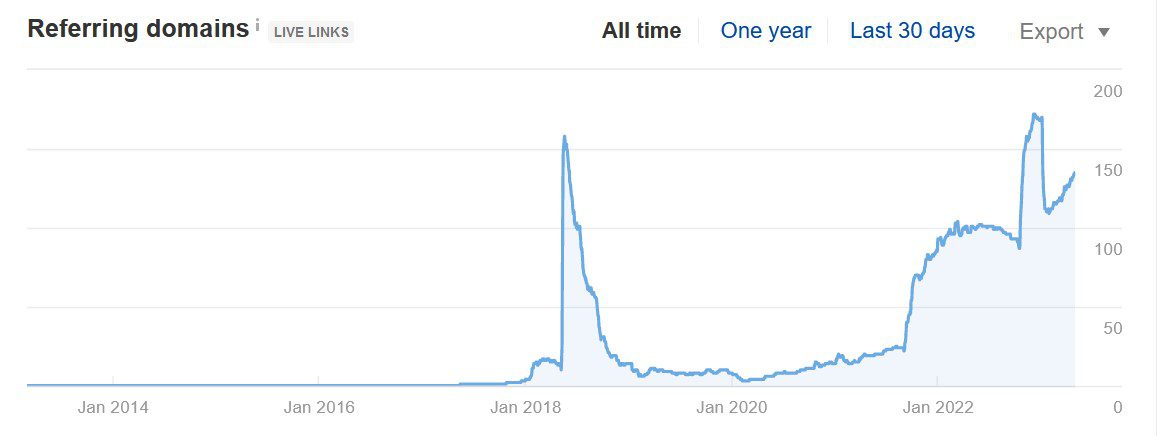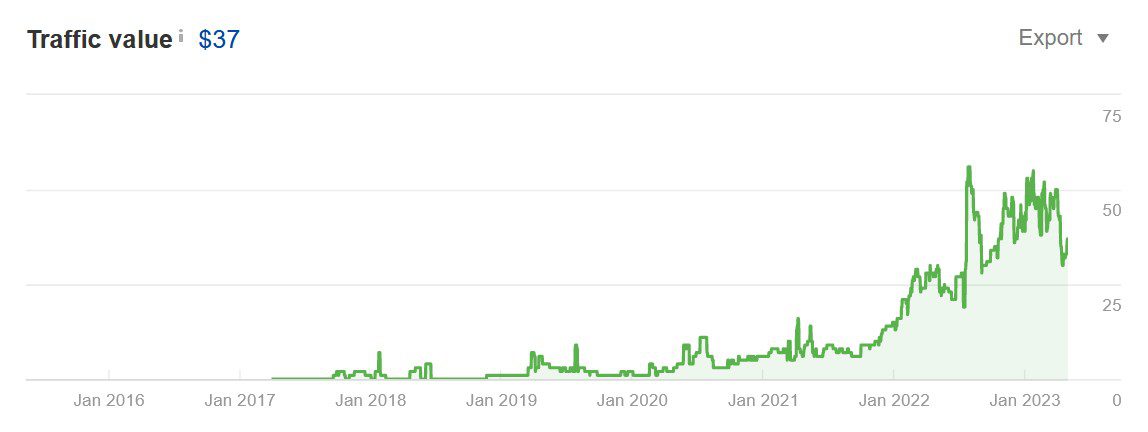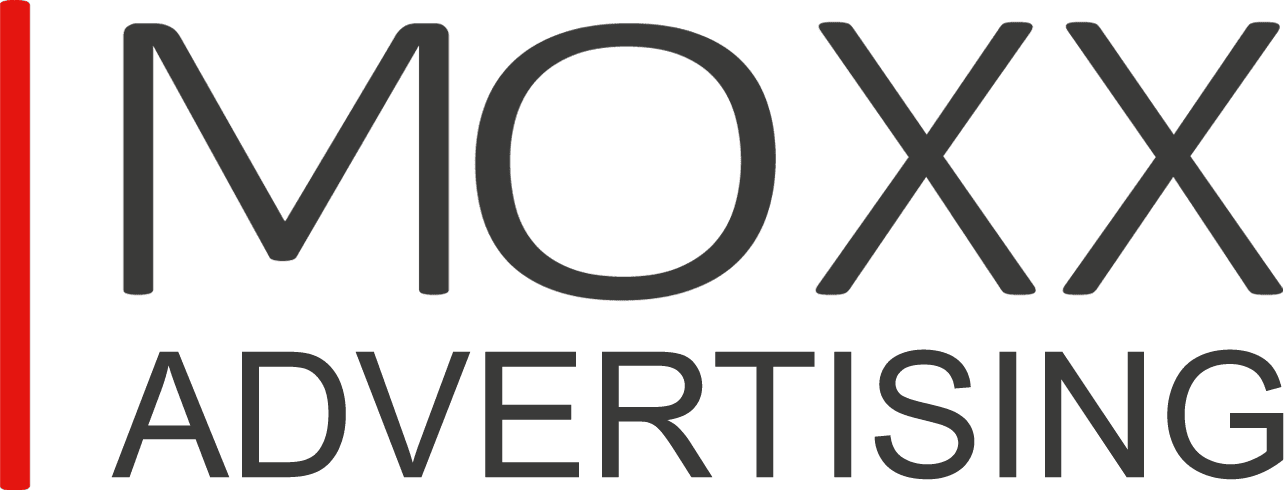Search engine optimisation (SEO) is performed with the aim of achieving as much website traffic as possible. SEO is not only for improving the ranking or positioning of the website but also for maximising visibility. In other words, the more visible it is, the more visitors it will attract, which will undoubtedly lead to better results.
Content:
- Search Engine Optimisation – SEO
- How Does SEO Work?
- Techniques for SEO
- The Best SEO Tools
- Optimising Search Traffic: From Clicks to Conversions
What does the abbreviation SEO mean?
In English, SEO stands for Search engine optimisation, which means improving the visibility of a website.
Search Engine Optimisation (SEO) is an art and science combined with the aim of better positioning a website in search engines such as Google. Search is one of the primary methods through which internet users quickly and easily find the content that interests them. That’s why good search engine optimisation is of paramount importance for a website. Because the higher it ranks in search engines, the more traffic it will attract.
The traffic generated by SEO is referred to as “organic search traffic” to distinguish it from traffic accumulated through paid search. While paid search is a form of search engine marketing (SEM) or pay-per-click advertising (PPC), in short, “search engine marketing.”
Benefits of SEO
SEO is an extremely important component, a key factor for successful online marketing.
The results of online searches are presented to the user in curated lists, which is why the higher a website is ranked, the more high-quality traffic (organic search traffic) it will accumulate.
For instance, with a specific search query, the first result ranked by search engines receives between 40-60% of the total traffic for that query, while the second and third ranked websites receive significantly less traffic. According to data, only 2-3% of searching users will click on links that are ranked further down.
That’s why even the smallest improvement in search engine rankings can lead to an increase in traffic to your website, which can significantly enhance your business.

How does SEO work?
Search engines like Google operate based on predefined parameters, which are essentially algorithms or sets of rules that determine which websites to display for a specific query submitted by an online user. These algorithms have evolved over time and continue to evolve, taking into account hundreds of different ranking factors. They have become increasingly sophisticated in determining the ranking of websites in their SERPs (Search Engine Results Pages), which is the result displayed to the user.
Despite the complex structure, there are three fundamental principles (indicators) based on which search engines assess and rank web pages to determine their quality and ranking.
First principle (indicator) – BACKLINKS
Backlinks, which are links leading to other websites, often referred to as external links, are a key factor in the ranking of a website in Google and other search engines. The inclusion of external links is considered a sign of the quality of the website from which these links are applied.
This principle is fundamental to achieving better rankings because the likelihood of website owners linking to lower-quality sites is nearly zero. Websites that acquire links from many other websites build authority, known as “PageRank” in Google, meaning search engines “notice” them, especially when the websites linking to them also have high ratings.
Second principle (indicator) – CONTENT
Internet search engines not only examine the links but also the content of a web page to determine if it is sufficiently relevant to the user’s search query. A significant portion of SEO is related to creating content that is geared towards the keywords online users use to search for information on the web.
Third principle (indicator) – PAGE STRUCTURE
The third key element of SEO is the structuring of the website, meaning the structure of the HTML code can influence how search engines rank and display pages to users seeking services or information on the internet.
Including relevant keywords in the page title, URL, and content headings ensures that a website will be crawled by search engines. These are important elements that website owners should address to improve the SEO of their site.

SEO techniques
One of the main steps to increase website traffic is search engine optimisation (SEO). After applying SEO techniques in practice, the pages become visible, crawled, and ranked by search engines.
- Keyword research
The selection and research of keywords are the starting point for SEO for search engines. Keywords that the website is already ranking for, keywords that your competitors are ranking for, and keywords that potential customers are using to search for information or products online are all considered. Once the terms used in Google and other search engines are determined, you’ll have a direction to optimise your existing content and find new keywords to create new content.
- Content marketing
Once you’ve identified potential keywords that align with the nature of your website, it’s time for content marketing. This involves updating existing content and creating new content, as Google and other search engines place great value on high-quality content. Good content is much more likely to be shared by users on social media, attracting new website visitors, potential customers, and business partners to your site in the process.
- Link building
After the search engine displays the content that interests internet users, the various links embedded in the text, articles, and social media posts catch their attention. This mechanism directs online users to other pages or redirects them to other websites. These links are particularly useful for a website’s ranking and are known as “backlinks.”
Backlinks are a powerful and effective tool for promoting SEO, as well as the website itself.
- On-Page optimisation
This is another key element that webmasters have full control over, as it involves improving the structure of the page, in addition to off-page elements like links, which play a crucial role in SEO . Common On-Page optimisation techniques include:
- optimising URLs to include keywords or key phrases.
- updating header tags.
- using alt tags to describe images on the site.
- updating the page’s meta description. While these tags don’t directly affect search rankings, they can increase the number of clicks from the SERPs. To generate more site visits, users should be encouraged to take action, such as “order,” “sign in,” “subscribe,” etc.
- Site architecture optimisation
In short, the architecture is like the backbone of a website. Internal links – links within your own website – also play a crucial role in SEO.
- Semantic markup
“Semantic” literally means “meaningful.” This is another strategy used by experts in the field. Semantic markup is used to describe the meaning that the content of a page conveys. For example, it can help determine the author and the type of content or the main theme of the page. Using semantic markup can help obtain rich snippets displayed on the search results page.

The best SEO tools
There are numerous tools and software upon which SEO relies to achieve better website optimisation. Below are some of the most commonly used paid and free SEO tools:
- Google Search Console
Google Search Console is a free tool provided by Google that helps webmasters track the visibility of their website in Google Search rankings. GSC (Google Search Console) provides reports on keyword rankings and traffic, and it can also identify and address technical issues during website development.
- Google Ads Keyword Planner
Keyword Planner is another type of free tool provided by Google, offered as part of the Google Ads product. It can be a valuable tool for SEO, as it provides keyword suggestions and search volume data, which can be useful when conducting keyword research.
- Backlink analysis tools
There are several tools for analysing and researching backlinks, with two of the primary ones being AHREFS and Majestic. Backlink analysis tools provide a good way to analyse which websites are linking to your site and to competitive websites.
- SEO platforms
There are different types of SEO platforms that combine many of the tools necessary for webmasters to optimise their websites. Some of the more popular ones include Siteimprove, Moz, BrightEdge, Searchmetrics, and Linkdex. These platforms offer core functions for tracking keyword rankings and many other essential SEO-related features.
Optimising search traffic: from clicks to conversions
SEO has the potential to significantly increase traffic to your website, but it alone won’t lead to business growth unless that traffic is used to attract paying customers and monetise the website, generating its own revenue.
This is where CRO (Conversion Rate Optimisation) comes into play. In digital marketing, CRO tracks and analyses the percentage of users who take action on a website, other than just browsing.
Conversion Rate Optimisation involves making changes to the website using techniques such as A/B testing and measuring their impact on the website’s conversion rate. Website administrators know that it’s not enough to simply drive traffic to the site but also how to make the most of that traffic. Increased traffic brings better opportunities for potential customers to become actual buyers.
SEO is not a quick process with instant results. On the contrary, it takes time to achieve the desired outcomes. It’s a continuous process that requires careful monitoring and analysis of the results over time by webmasters.






